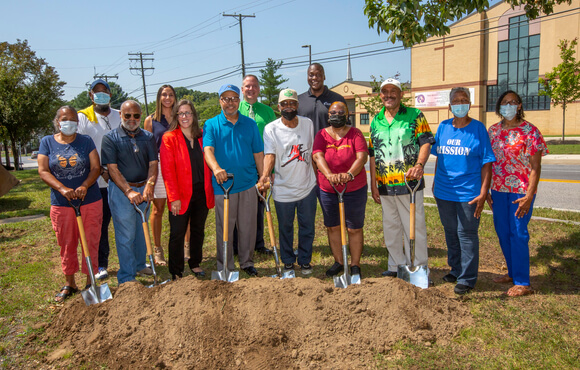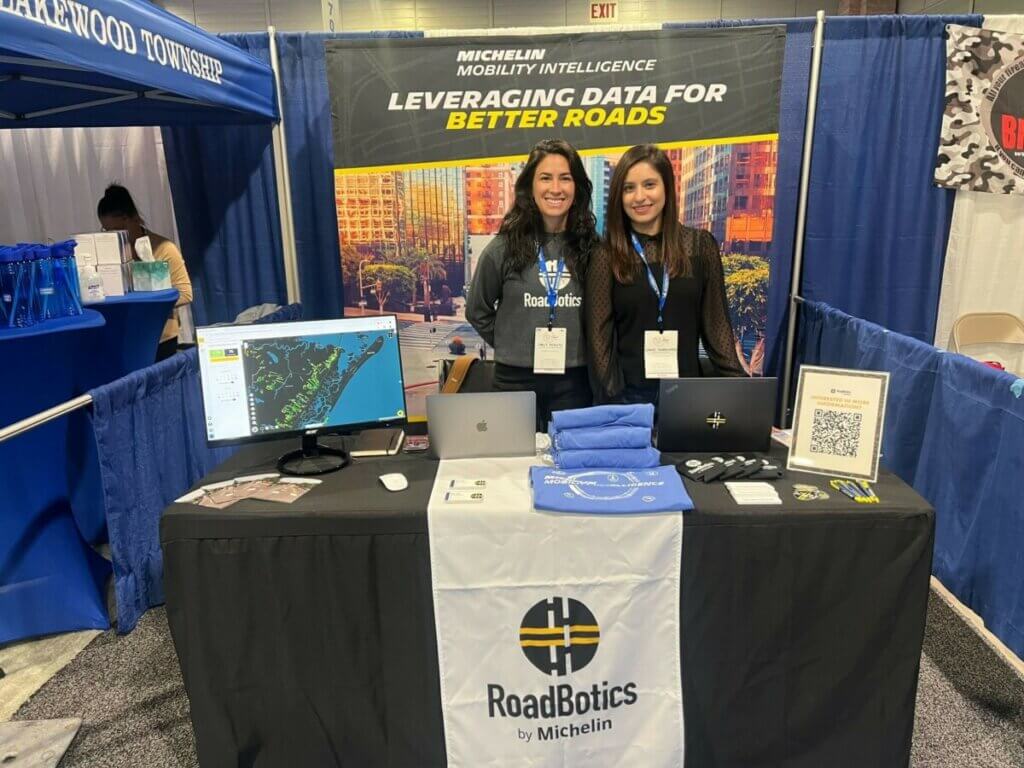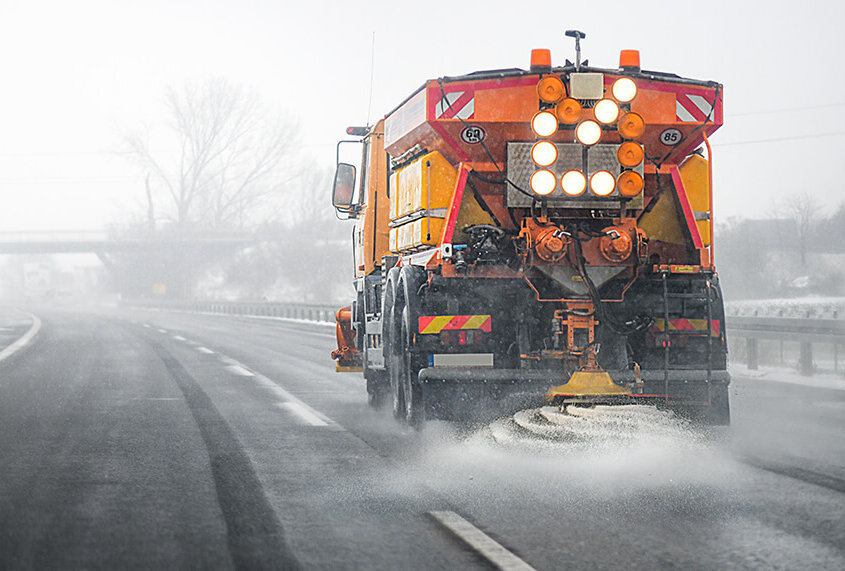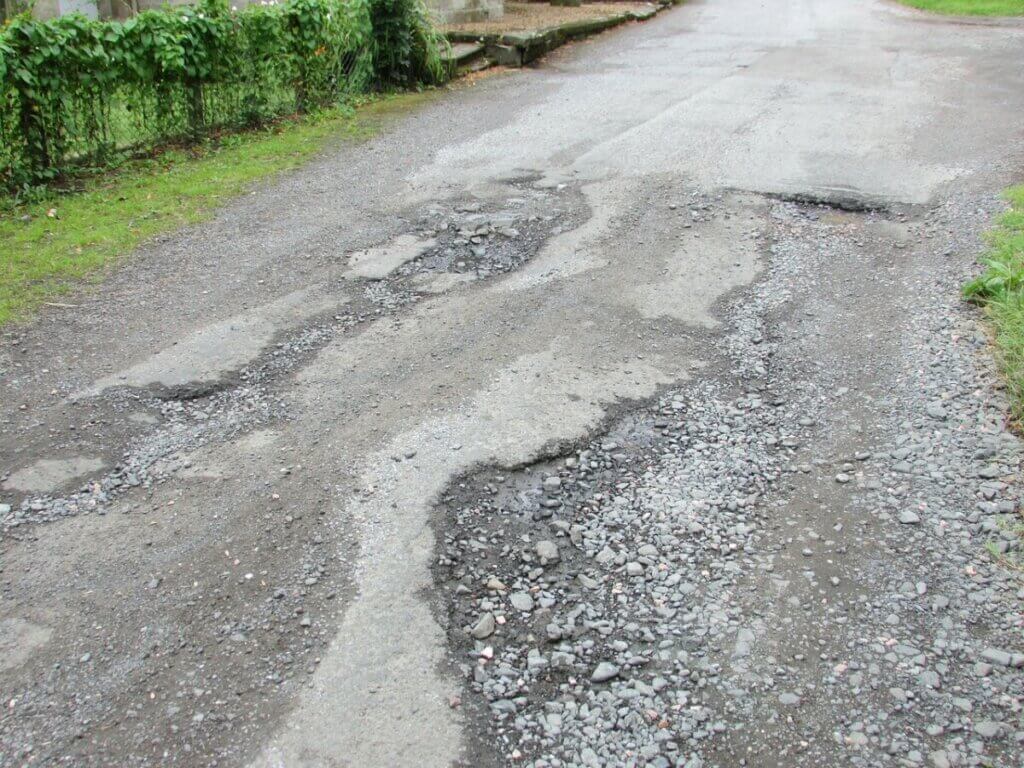Every city, town, borough, and village is an evolving ecosystem.
As citizens, industries, and priorities change, a community’s infrastructure can become outdated or outgrow its usefulness. In historically underserved or marginalized communities, needs are greater and that infrastructure is completely missing in the first place.
In both cases, communities must examine what is serving them and what should be reimagined.
One of these reimaginings to better serve citizens is the implementation of Complete Streets policies.
What is Complete Streets?
Complete Streets is a plan to transform how transportation, whether by foot, bike, car, or mass transit, can be accessed safely to the benefit of everyone in a community.
Complete Streets advocates for the addition of infrastructure assets, like unobstructed sidewalks, well-marked bike lanes, and roundabout intersections, in an equitable, thoughtful way to increase safety and accessibility.
Bike Lanes
Bike lanes promote the shared use of space
and can reduce traveling costs to nearby
destinations.
Speed Bumps
Installing speed-reducing measures like speed
bumps make roads safer for pedestrians,
bikers, scooters, and even other drivers.
Crosswalks
Well-marked crosswalks give pedestrians
right-of-way, making areas more easily
accessible, as well as alerting drivers and
bikers to their presence.
Recreational Areas
Parks, playgrounds, sports areas, and walking
paths create gathering places in the community
and increase social interaction.
Public Transportation
Public transportation access makes people
more mobile, giving them better access to
employment, medical care, and social
opportunities.
Pedestrian Crossing Signals
The installation of electronic crossing signals
makes navigating busy intersections easier for
pedestrians, especially those with disabilities.
Curb Ramps
Curb ramps ensure that residents of all
abledness can get to their destination as
smoothly as possible.
Bus Shelters
Not only do bus shelters keep riders out of the
wind, rain, and snow, they can also provide
elements of comfort through design and art.
Sidewalks
Well-maintained and congruent sidewalks
encourage walking and reduce pedestrian
accidents and injuries.
Mixed-Use Spaces
Encouraging multimodal transportation,
planting landscaping like trees, and
incorporating “smart” elements like electric
charging stations ensures spaces are more
comfortable for all users.
lalalal
Hover over each number for a description.
Who can benefit from implementing Complete Streets?

Because Complete Streets is a flexible framework rather than a ridgid protocol, all communities can get to work on their own version using the resources they have available – putting progress over perfection.
Complete Streets will look different in urban, suburban, and rural communities. For example, urban and rural communities will have different approaches to improving bicycle infrastructure.
Smart Growth America shares that a busier urban community might take steps to ensure roads have paved shoulders and ample designated lanes when bikers have to merge with cars, buses, and other types of vehicles.Rural communities might choose to focus on creating multi-use roads by designing a “shared-use” trail parallel to the roadway.
In both cases, the objective is to make taking alternative modes of transportation easier, which can have a domino effect on more positive health and environmental outcomes. This is especially true in historically neglected or marginalized communities who have been disproportionately affected by poor transportation design and are less likely to travel by car.
What are ways communities can work towards Complete Streets?
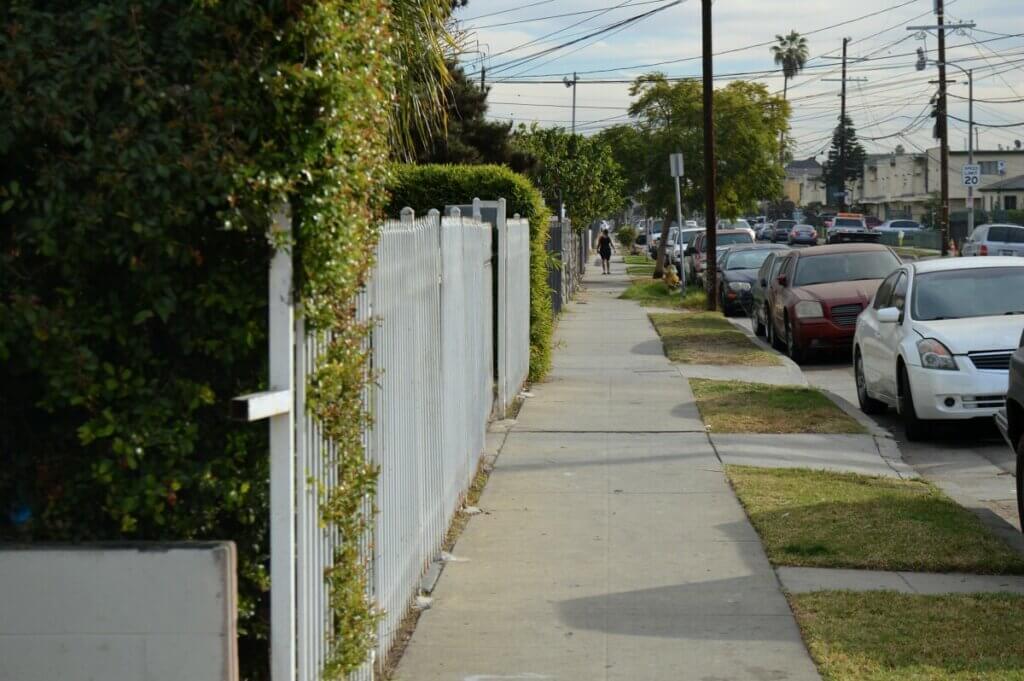
Sidewalks
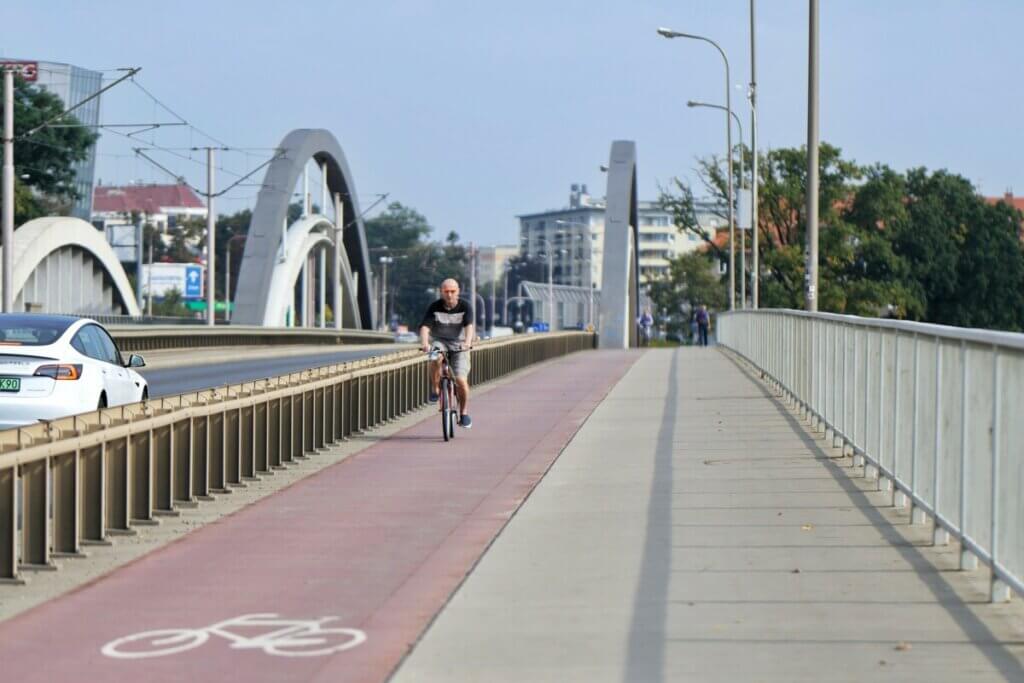
Bike Lanes
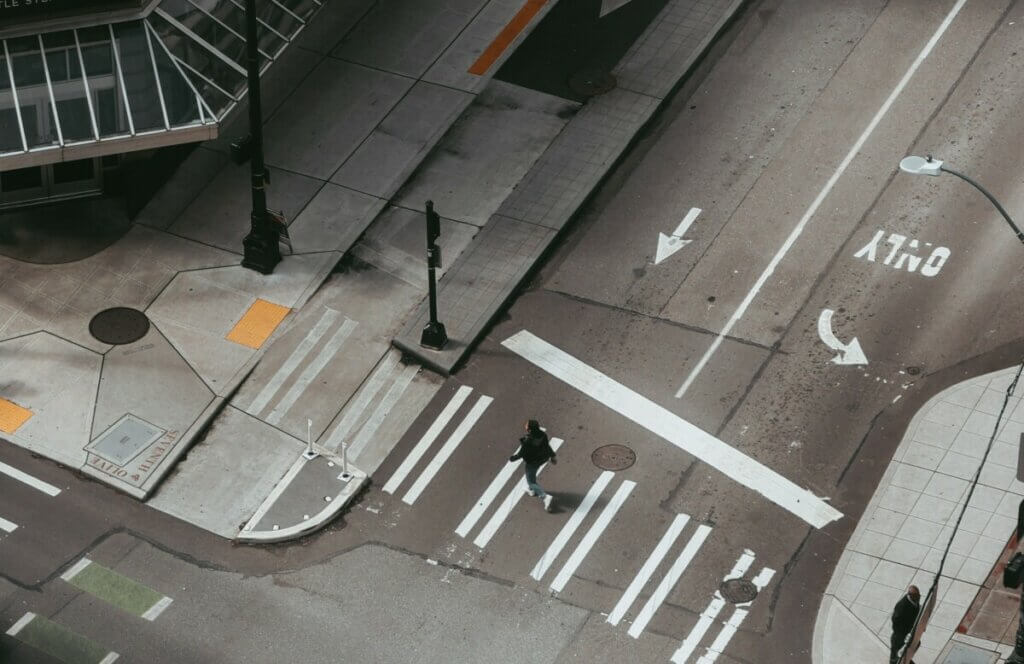
Curb Extensions
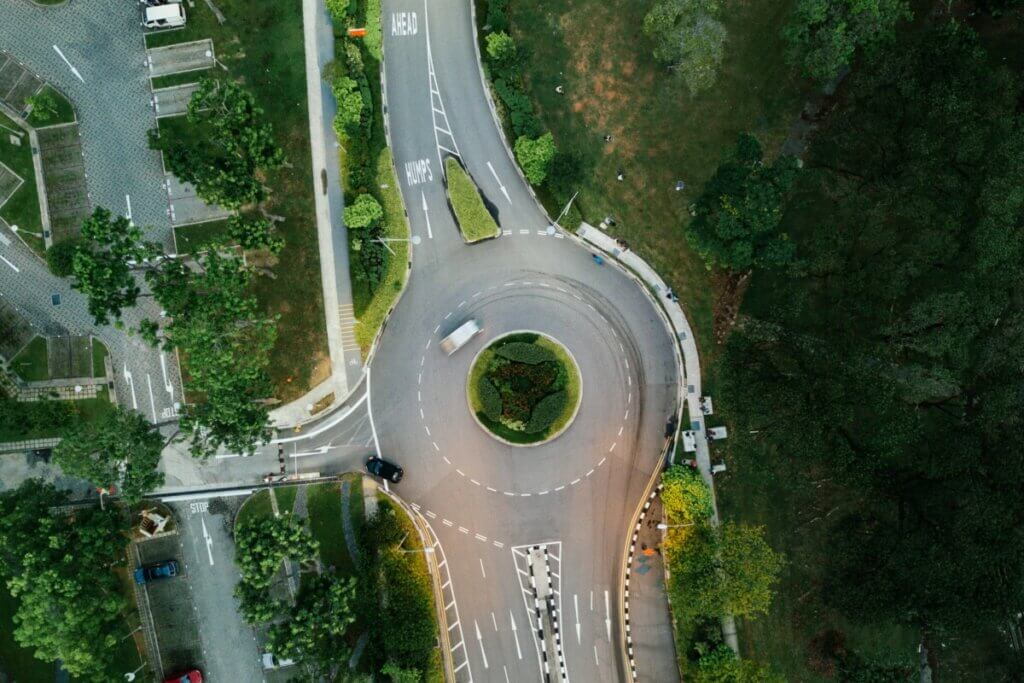
Roundabouts
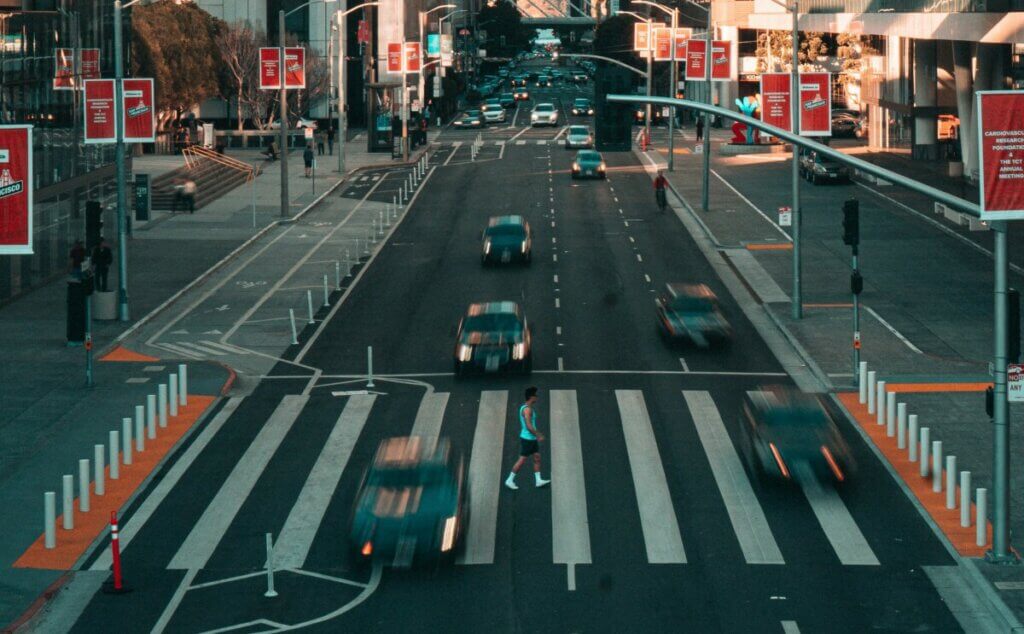
Narrowing lanes
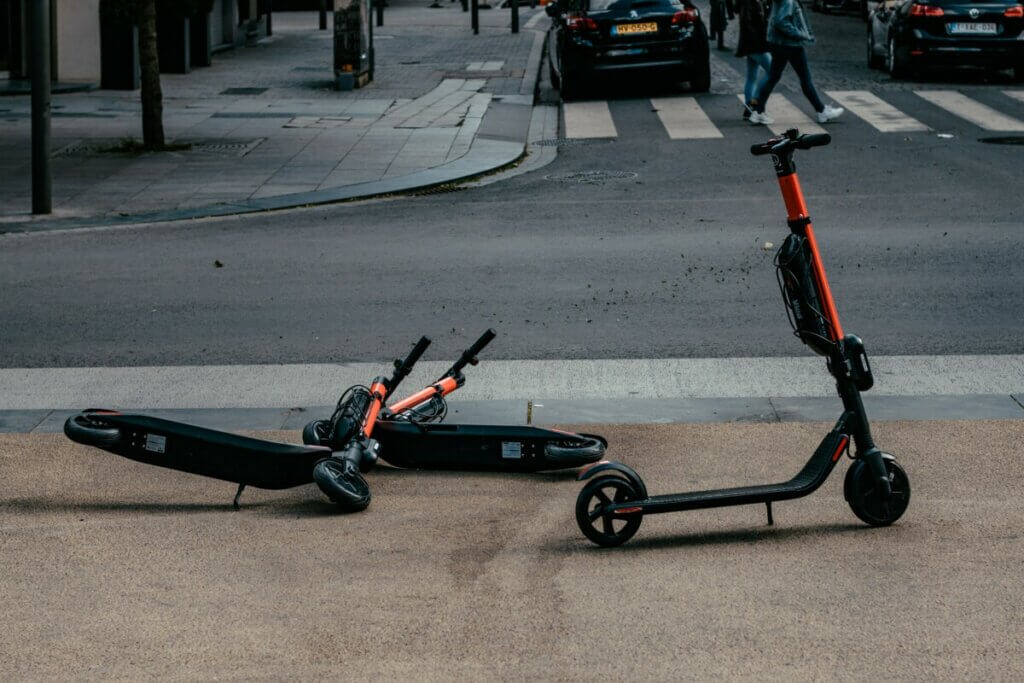
Alternative Modes of Transportation
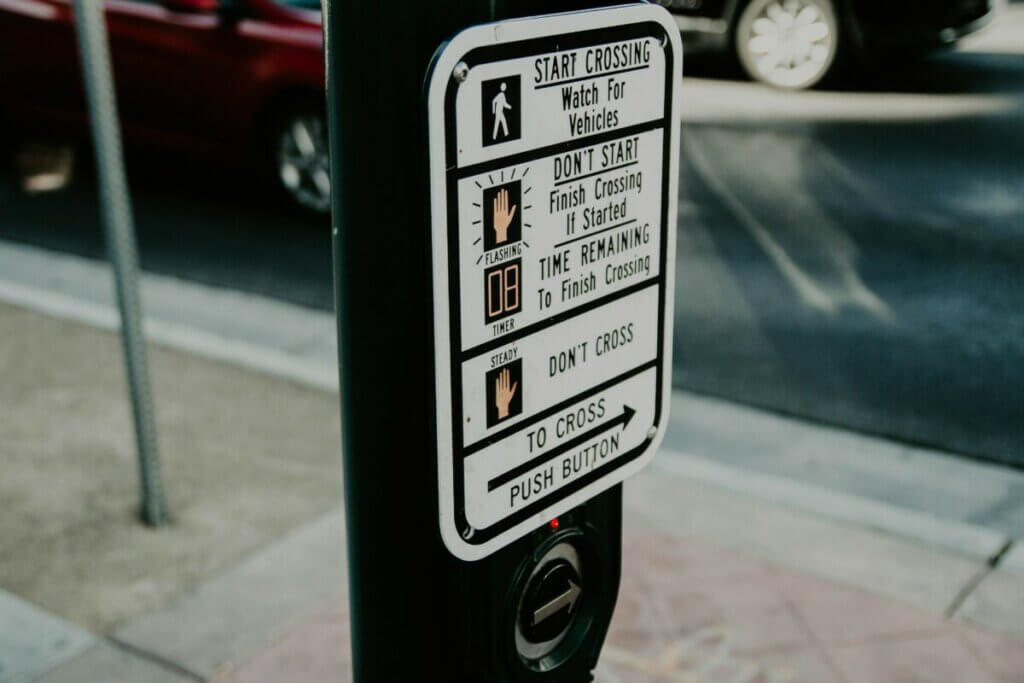
Accessible Pedestrian Signals
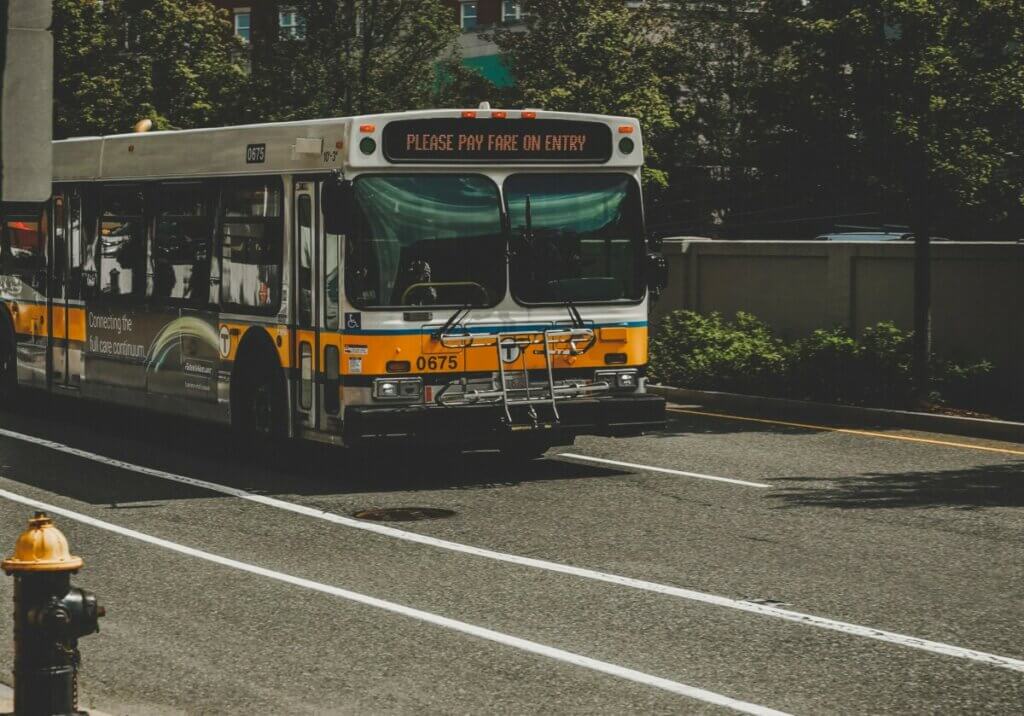
Public Transportation Access
Examples of Complete Streets Communities
Complete Streets initiatives began in 2000, and many communities have since created their own. You can check out the growth over the years here.
Howard County, MD, knew that Complete Streets was a long-term goal for comprehensive improvement and planned accordingly. They began their Complete Streets policy in 2019 and finally started construction in August 2021. One intersection served as a focal point, and received upgrades in the form of a new traffic signal, 3,000 feet sidewalk, curbs, a bus pad, stormwater management, and pavement resurfacing.
Newport, RI’s Complete Streets policy was approved in 2019 and became a reality in October 2021. It increased safety for elderly and disabled residents, while also working to eliminate all fatalities related to traffic accidents.
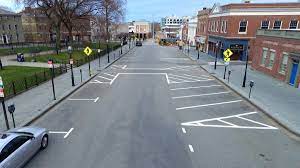
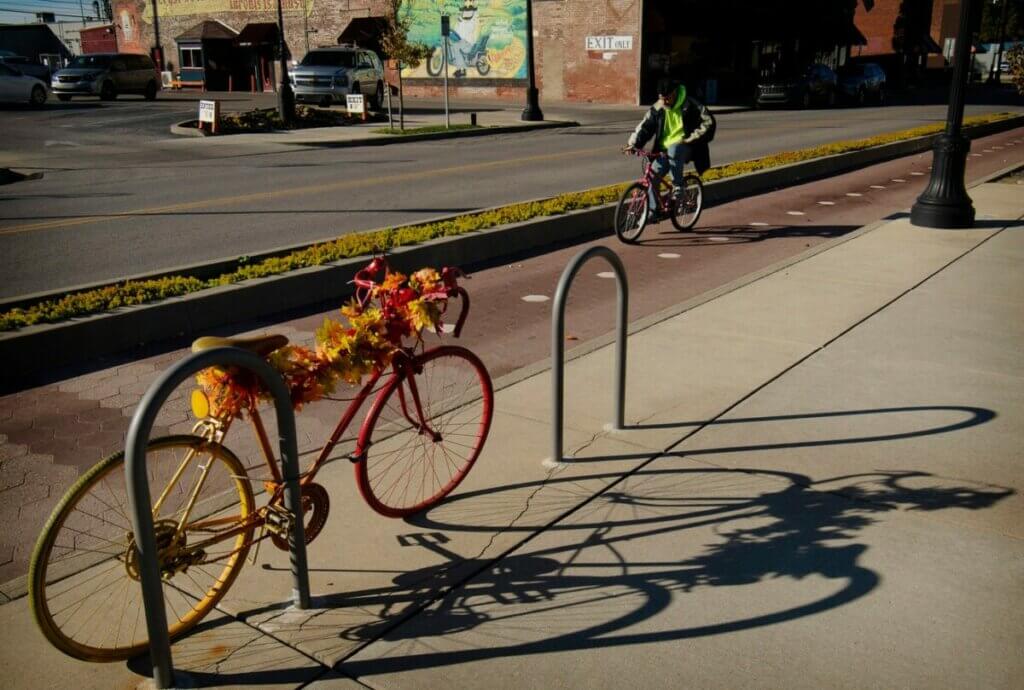
In November 2021, Evansville, IN, was approved to begin work on a Complete Streets policy as part of their Evansville Climate Action Plan. This was a collaborative effort between their residents to make sure that policy aligned with current priorities like making food more accessible and improving pedestrian safety.
The City of Pittsburgh, PA’s recent Complete Streets project through their Department of Mobility and Infrastructure worked to understand the state of the city’s current transportation infrastructure and the citizens’ major points of concern.
Resources and Funding for Complete Streets Success
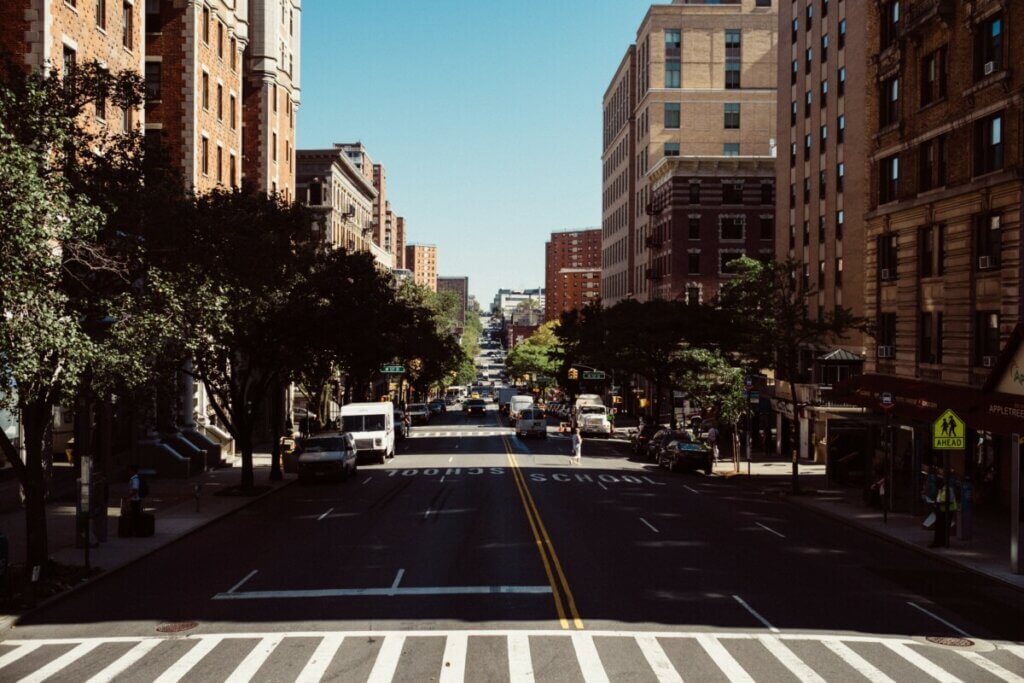
Smart Growth America created the Complete Streets concept, and you can visit these valuable resources:
Similarly, the US DOT has a whole section dedicated to Complete Streets that can help interested communities.
From a funding perspective, the Infrastructure Bill was approved last November. Money began flowing into projects in January 2022, with opportunities for Complete Street initiatives including:
- Competitive Grant programs
- $12 billion to prioritize safety
- $6 billion Safe Streets and Roads for All grants
- Multimodal grant programs
- $30 billion over five years for RAISE Grants
- $1.25 billion over five years TIFIA grants
- Active Transportation Infrastructure Investment Program – $1 billion
- Strengthening Mobility and Revolutionizing Transportation – $ 1 billion

